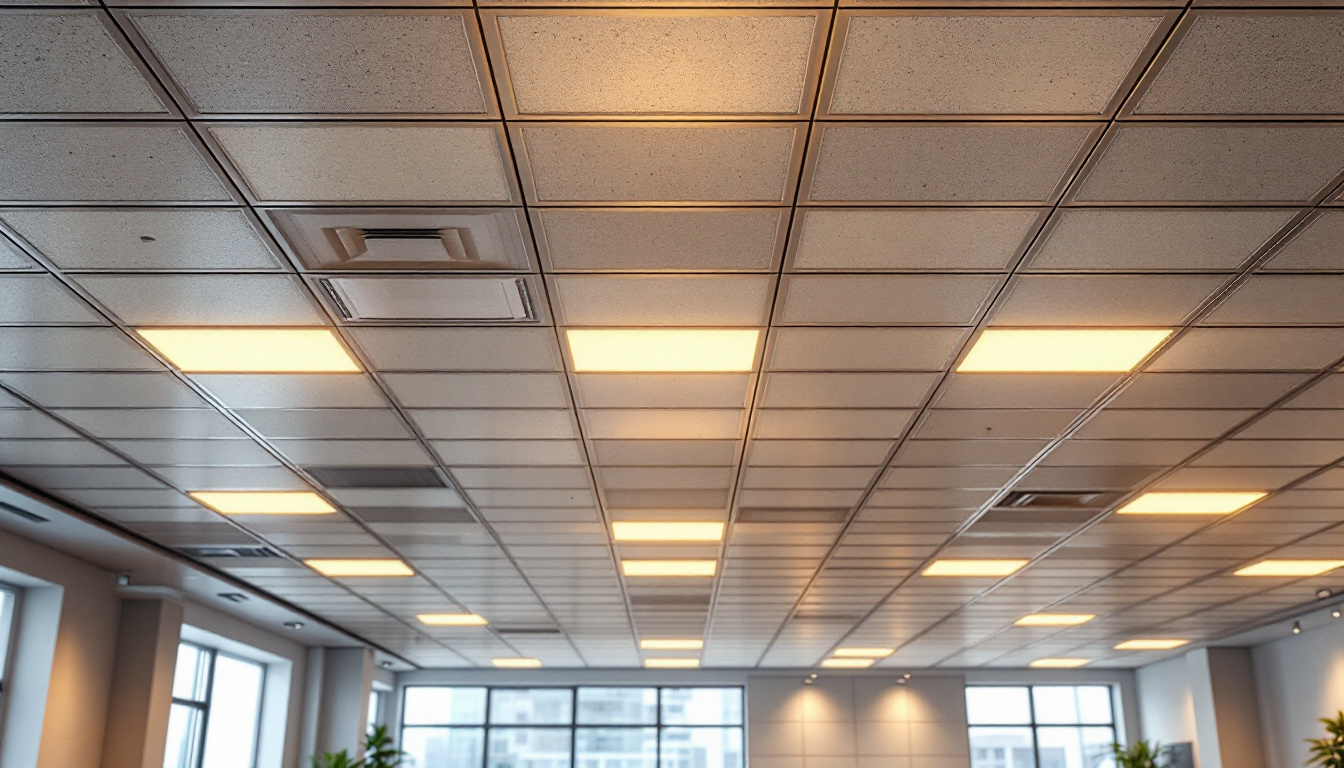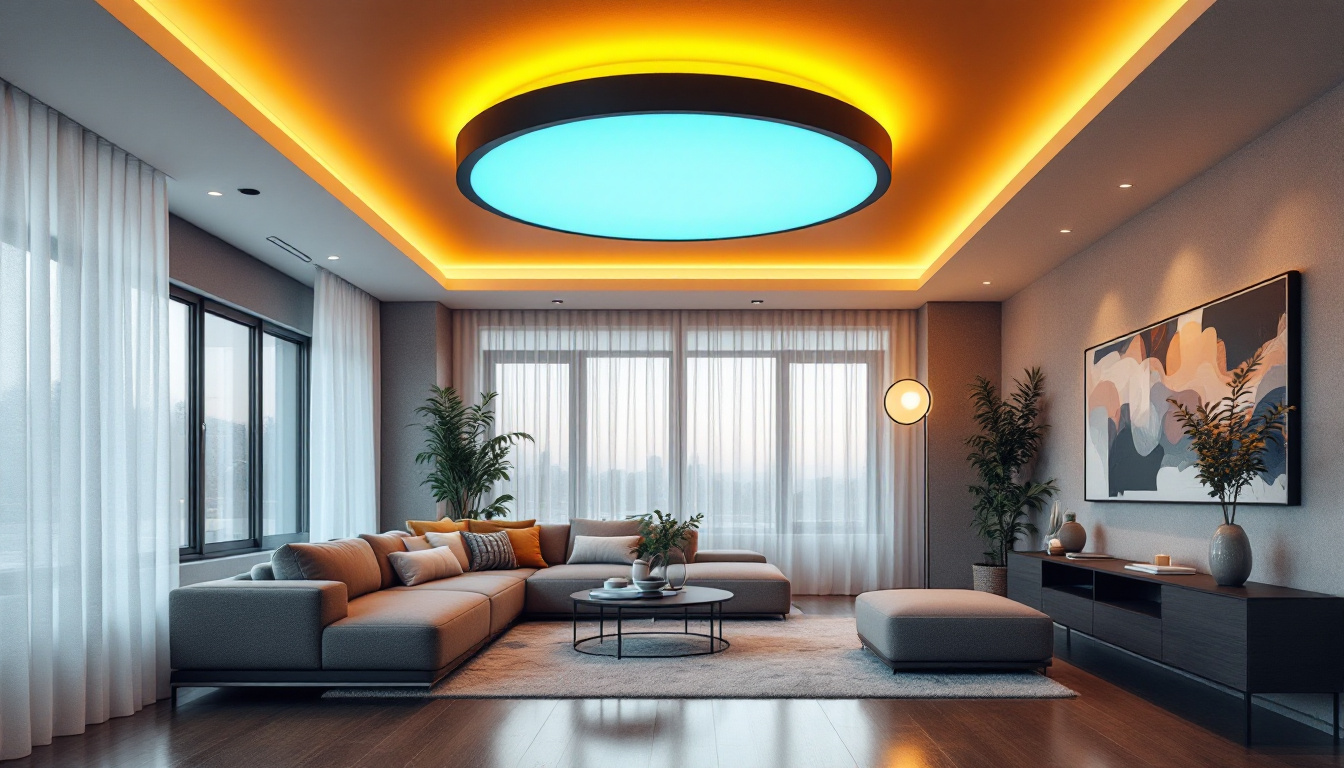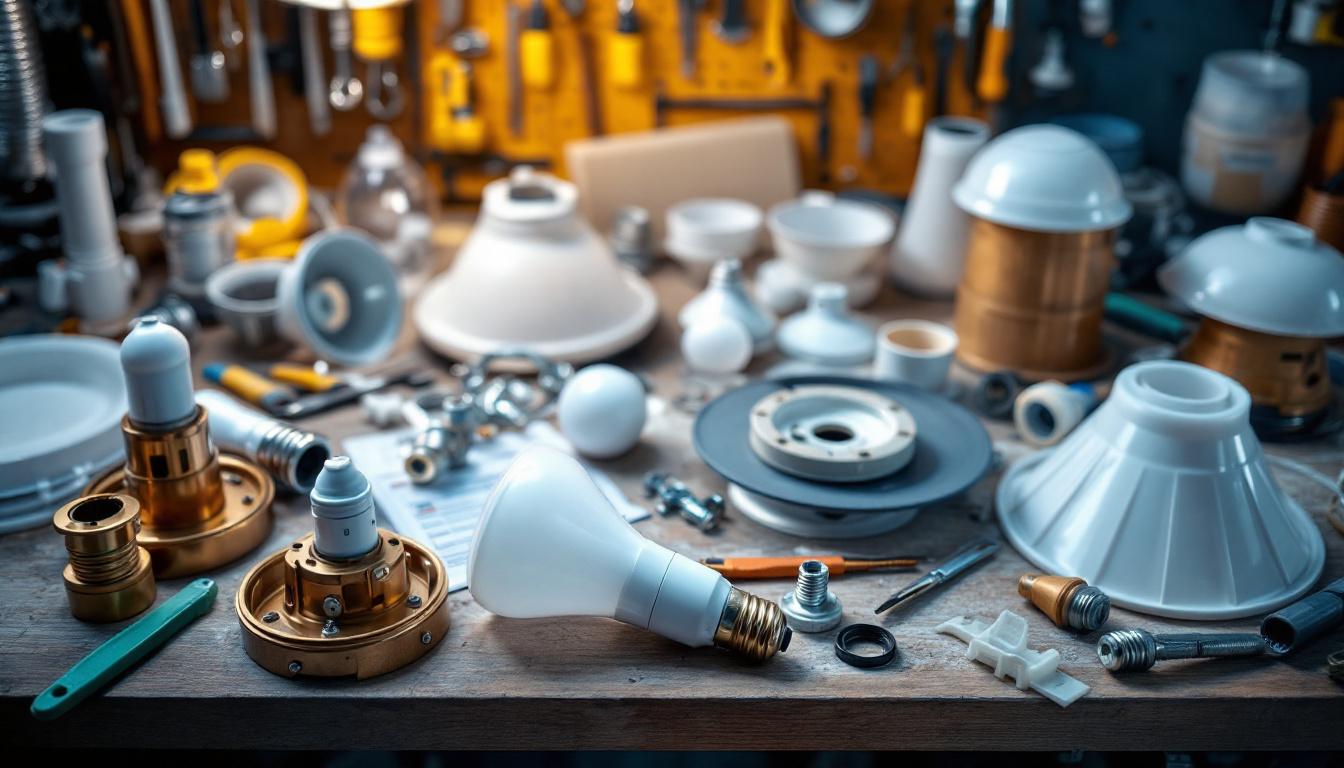
In the realm of modern lighting design, recessed LED lights have emerged as a popular choice among contractors and homeowners alike. Their sleek appearance and versatile functionality make them an ideal solution for a variety of spaces. This article explores how recessed LED lighting can be leveraged for better lighting solutions, focusing on their benefits, installation tips, and design considerations.
Recessed LED lights, often referred to as can lights or downlights, are fixtures that are installed into a hollow opening in the ceiling. Unlike traditional light fixtures that hang down, recessed lights are flush with the ceiling, providing a clean and unobtrusive look. They can be used for ambient, task, or accent lighting, depending on the design and placement. This versatility makes them a popular choice in both residential and commercial settings, where a sleek, modern aesthetic is desired without compromising on functionality.
One of the primary advantages of recessed LED lighting is energy efficiency. LEDs consume significantly less power compared to incandescent or fluorescent bulbs, resulting in lower energy bills and a reduced carbon footprint. Additionally, they have a longer lifespan, which means less frequent replacements and maintenance, saving both time and money. This longevity not only contributes to cost savings but also means fewer materials are used over time, further benefiting the environment.
Another benefit is the versatility in design. Recessed lights can be installed in various configurations, allowing for creative lighting solutions that enhance the aesthetics of a space. They can be used to highlight architectural features, create focal points, or provide overall illumination without overwhelming the room. For instance, in a kitchen, strategically placed recessed lights can illuminate work areas while also providing a warm glow to dining spaces, seamlessly blending functionality with style.
Recessed LED lights come in various types, each suited for different applications. Some common types include:
In addition to these types, there are also specialized options such as low-profile recessed lights, which are perfect for spaces with limited ceiling height, and smart recessed lights that can be controlled via smartphone apps or voice commands. These innovative features allow homeowners to customize their lighting experience, adjusting brightness and color temperature to suit different moods or activities. Moreover, with the integration of smart home technology, recessed LED lights can be programmed to create dynamic lighting scenes that enhance the ambiance of any room, making them not just a practical choice, but also a stylish one.
While installing recessed LED lights can be a straightforward process, several factors must be considered to ensure optimal performance and aesthetics. Proper planning and execution can make a significant difference in the final outcome.
Before installation, it is crucial to determine the best locations for recessed lights. Consider the purpose of the lighting—whether it is for general illumination, accent lighting, or task lighting. In living areas, spacing the lights evenly can create a balanced look, while in kitchens, focused lighting over work areas is essential.
Additionally, be mindful of the ceiling height. For higher ceilings, using deeper recessed fixtures can help distribute light more effectively, while lower ceilings may benefit from shallower fixtures to avoid overwhelming the space.
Electrical planning is another critical aspect of recessed LED installation. Ensure that the circuit can handle the load of the new fixtures and that all wiring meets local codes and regulations. It is advisable to use LED-compatible dimmer switches for greater control over light levels, enhancing the versatility of the lighting scheme.
Furthermore, consider the placement of the power source. Running wires through walls and ceilings can be challenging, so plan the installation route carefully to minimize disruption.
When installing recessed lights, it is essential to consider insulation and airflow. Many recessed fixtures are rated for contact with insulation, but it is crucial to use IC-rated (Insulation Contact) housings to avoid overheating. Proper airflow is also necessary to prevent moisture buildup, which can lead to mold and other issues.
Using airtight fixtures can help maintain energy efficiency by preventing air leaks, which is especially important in energy-efficient homes. This consideration not only contributes to the longevity of the fixtures but also enhances overall comfort in the space.
Designing a lighting scheme with recessed LED lights involves more than just installation; it requires a thoughtful approach to achieve the desired ambiance and functionality. Here are some key design considerations to keep in mind.
Effective lighting design often involves layering different types of light to create depth and interest. Recessed lights can serve as the foundation of this layering by providing ambient light, while additional sources such as wall sconces or table lamps can add warmth and character.
For instance, in a living room, recessed lights can provide general illumination, while accent lights can highlight artwork or architectural features. This combination creates a well-rounded lighting scheme that enhances the overall aesthetic of the space.
The color temperature of recessed LED lights can significantly impact the mood of a room. Warmer tones (around 2700K to 3000K) create a cozy atmosphere, making them suitable for living areas and bedrooms. Cooler tones (4000K to 5000K) are better suited for workspaces, such as kitchens and home offices, where clarity and focus are essential.
Brightness is another critical factor. The lumen output of recessed fixtures should be matched to the intended use of the space. For example, a kitchen may require brighter lighting for cooking tasks, while a bedroom may benefit from softer, more subdued lighting.
Recessed lights can also be used effectively for accent lighting. By strategically placing fixtures to highlight specific areas, such as artwork, plants, or architectural details, the overall design can be elevated. This technique not only draws attention to focal points but also adds a layer of sophistication to the space.
Consider using adjustable or gimbal recessed lights for this purpose, as they can be angled to direct light precisely where it is needed. This flexibility allows for greater creativity in design and enhances the visual appeal of the room.
As the demand for energy-efficient solutions continues to grow, recessed LED lighting stands out as a sustainable option. By reducing energy consumption and minimizing waste, these fixtures contribute to a more sustainable future.
While the initial investment in recessed LED lighting may be higher than traditional fixtures, the long-term savings are significant. The reduced energy consumption translates to lower utility bills, and the extended lifespan of LED bulbs means fewer replacements over time.
Additionally, many utility companies offer rebates or incentives for the installation of energy-efficient lighting, further offsetting costs. This makes recessed LED lights not only an environmentally friendly choice but also a financially savvy one.
Recessed LED lights contribute to a reduction in greenhouse gas emissions due to their lower energy consumption. By choosing LED technology, contractors can play a vital role in promoting sustainability within the construction and renovation industries.
Moreover, LEDs do not contain hazardous materials like mercury, which is commonly found in fluorescent bulbs. This makes them a safer option for both the environment and human health.
Even experienced contractors can make mistakes during the installation of recessed LED lights. Being aware of common pitfalls can help ensure a successful project and satisfied clients.
One common mistake is overcrowding fixtures in a space. While it may seem beneficial to install multiple recessed lights, too many can create harsh shadows and an uninviting atmosphere. Instead, focus on strategic placement to achieve a balanced and harmonious lighting scheme.
Consider the layout of the room and the intended use of the space when determining the number of fixtures needed. A well-planned approach will yield better results and enhance the overall design.
Failing to incorporate dimming options is another oversight that can detract from the functionality of recessed LED lights. Dimmers allow for greater control over light levels, enabling users to adjust the ambiance according to their needs. This flexibility is particularly valuable in multipurpose spaces where lighting requirements may vary throughout the day.
Ensure that the dimmer switches used are compatible with LED technology to avoid flickering or other issues.
Finally, neglecting to consider the aesthetic integration of recessed lights can lead to a disjointed design. The style of the fixtures should complement the overall decor of the space, whether it be modern, traditional, or somewhere in between.
Choosing the right trim and finish for recessed lights can enhance their appearance and ensure they blend seamlessly into the ceiling. This attention to detail can elevate the overall design and create a polished look.
Recessed LED lighting presents a multitude of opportunities for contractors looking to provide innovative and efficient lighting solutions. By understanding the benefits, installation considerations, and design possibilities, contractors can leverage these fixtures to create spaces that are not only functional but also aesthetically pleasing.
As the demand for energy-efficient and sustainable solutions continues to grow, recessed LED lights stand out as a smart choice for both residential and commercial applications. By avoiding common pitfalls and focusing on thoughtful design, contractors can enhance their projects and deliver exceptional results that meet the needs of their clients.
Ultimately, the integration of recessed LED lighting into any space can transform the way it is perceived and utilized, making it a valuable tool in the arsenal of modern lighting solutions.
Ready to elevate your lighting solutions with the efficiency and elegance of recessed LED lighting? At LumenWholesale, we offer an extensive selection of spec-grade lighting products that blend quality with affordability. Our commitment to providing contractors with superior lighting options at wholesale prices means you can achieve the perfect lighting ambiance for any project without breaking the bank. Say goodbye to inflated markups and hello to hassle-free bulk buying with free shipping. Don’t compromise on quality or value—visit LumenWholesale today and discover the best in wholesale lighting at the best value.
Explore the enduring relevance of Type A incandescent light bulbs in today’s lighting landscape.

Discover how drop ceiling light covers can significantly cut costs for lighting contractors.

Discover why wafer can lights are revolutionizing lighting projects with their sleek design, energy efficiency, and easy installation.

Discover the essential components every lighting contractor needs to know about ceiling fan lamp parts.